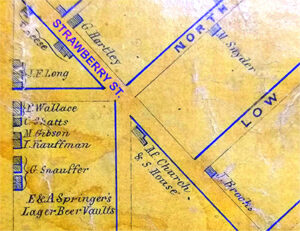Saint James & Black History
Additional Resources
 A list of Africans and African Americans baptized, married or buried by Saint James clergy as recorded in the church registers 1755-1884 and compiled by Leroy T. Hopkins Jr. PhD, Lancaster, PA. from the hardbound book of Saint James records at LancasterHistory.
A list of Africans and African Americans baptized, married or buried by Saint James clergy as recorded in the church registers 1755-1884 and compiled by Leroy T. Hopkins Jr. PhD, Lancaster, PA. from the hardbound book of Saint James records at LancasterHistory.
Click here to view the document
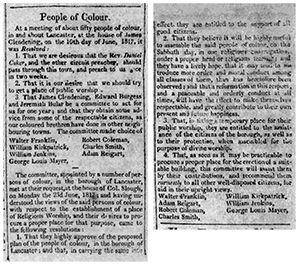 Newspaper report of the founding of a black church in Lancaster in 1817. Intelligencer and Weekly Examiner, June 30 1817.
Newspaper report of the founding of a black church in Lancaster in 1817. Intelligencer and Weekly Examiner, June 30 1817.
Click here to read the article.
Click here to visit the African American Historical Society of South Central Pennsylvania website and view The Negro Entry Book, 1820-49 with an explanatory article by Dr. Leroy T. Hopkins Jr., Journal of the Lancaster Country Historical Society, 88, no. 4, 1984.
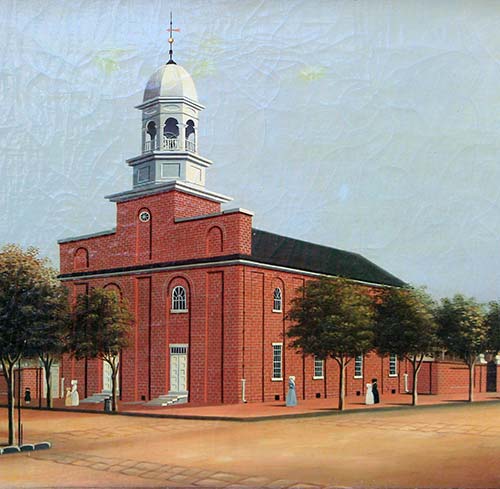 For information about the relationship of local Episcopalians to the issue of slavery, read "Episcopalians and Slavery in Lancaster County from the Colonial Period to the Civil War"
For information about the relationship of local Episcopalians to the issue of slavery, read "Episcopalians and Slavery in Lancaster County from the Colonial Period to the Civil War"
by Mark C. Ebersole, Journal of the Lancaster Country Historical Society, vol. 105, no. 2, 2003.
Click here to view the document.
 To find out more about the history of African Americans and the Episcopal Church, click here to view The Church Awakens: African Americans and the Episcopal Church.
To find out more about the history of African Americans and the Episcopal Church, click here to view The Church Awakens: African Americans and the Episcopal Church.
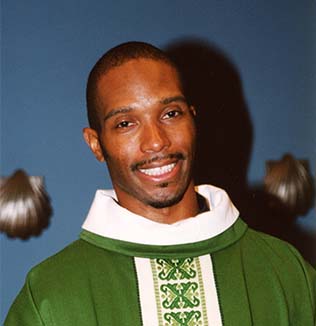 In January 1998, the Lancaster Intelligencer Journal published the sermon of the Rev. Victor Thomas, Associate Rector of Saint James “Let’s be real about racism.”
In January 1998, the Lancaster Intelligencer Journal published the sermon of the Rev. Victor Thomas, Associate Rector of Saint James “Let’s be real about racism.”
Click here to view the article.
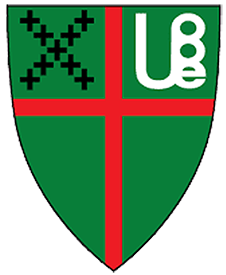 To find out more about the history and work of the Union of Black Episcopalians click here.
To find out more about the history and work of the Union of Black Episcopalians click here.
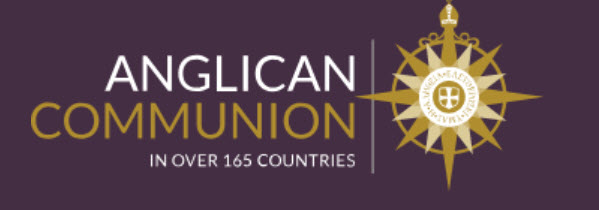 To find out more about the global Anglican Communion to which Saint James belongs, click here.
To find out more about the global Anglican Communion to which Saint James belongs, click here.
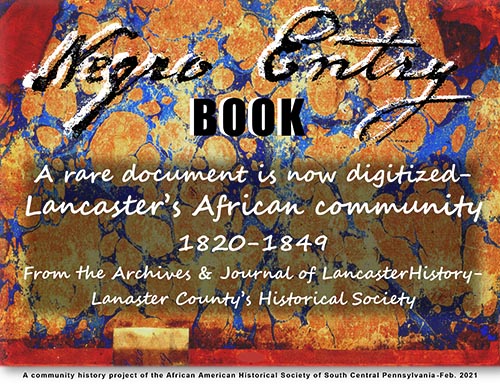
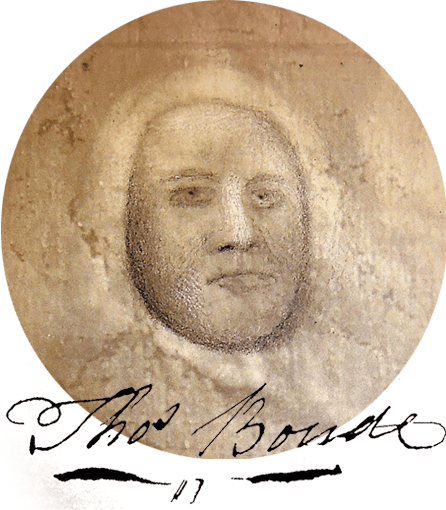
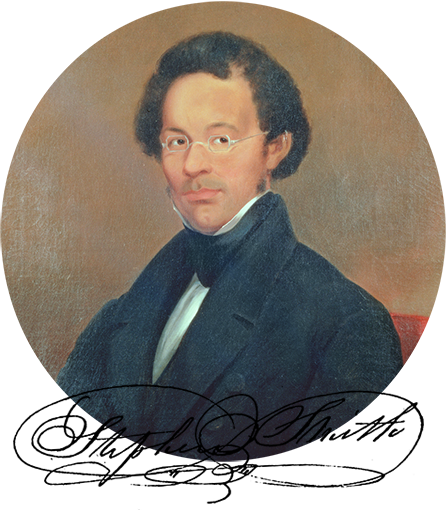 has been interpreted as one early spark that helped to ignite the Underground Railroad Movement.
has been interpreted as one early spark that helped to ignite the Underground Railroad Movement.